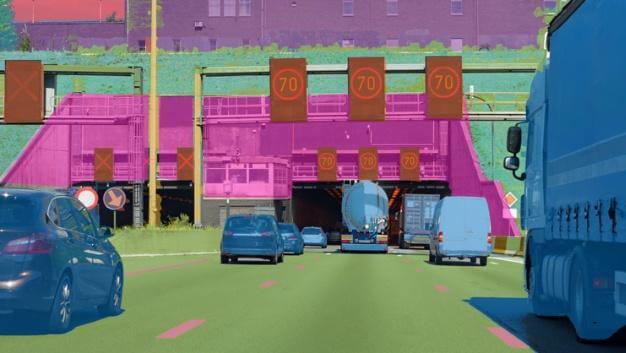The MATLAB software package from Mathworks is one of the best-known tools for the calculation and simulation of complex mathematical and technical problems as well as for the graphic representation of the results. In industry and universities, MATLAB is used for a wide range of tasks, especially in control engineering and technical mechanics. In addition to the basic module, a number of extensions are available for MATLAB, the so-called Toolboxes. This includes Simulink, a graphical interface with which you can interactively model and simulate systems. MATLAB offers a wide range of standard methods, such as the solution of linear equation systems, zero-point calculation for any functions or numerical integration, solvers for differential equations or symbolic computation using the MuPAD module, to very specific applications, such as the simulation of internal combustion engines or the control of robots
The release 2017b of Matlab and Simulink brings new libraries for deep learning and neural networks. A GPU code generator automatically generates CUDA code for Nvidia graphics processors.
MathWorks introduces the 2017b release of Matlab and Simulink, including six new products, updates and enhancements for 86 other products. Especially in the area of deep learning, there are new functions that help to develop, train and implement new models faster and easier.
Extended support for deep learning
The revised Neural Network Toolbox now supports support for more complex architectures, e.g. directed acyclic graphs (Directed Acyclic Graph, DAG). This improves the accuracy and offers the possibility to return to popular already pre-trained models like GoogLeNet. With the integration of Long Short Term Memory (LSTM) networks, developers can go beyond pure image classifications and classify text as well as predict time series.
More efficient classification of images and semantic segmentation
One of the most elaborate work in creating new deep-learning models is the classification of images to train the program. The ImageLabeler app of the Computer Vision System Toolbox now offers a simple and interactive method to mark reference data in a sequence of images. In addition to workflows for object recognition, the app now also supports semantic segmentation. For example, using deep learning, pixel areas can be classified in images or segmentation results can be evaluated and visualized.
In addition, the features introduced in R2017a include pre-trained models for transfer learning, including neural convolution network (CNN) models (AlexNet, VGG-16 and VGG-19) and models from Caffe (including Caffe Model Zoo). Models can also be recreated completely by using CNNs for image classification, object recognition, regression, and more.
All applications created with MATLAB Compiler use the MATLAB runtime, which allows the license-free implementation for users who do not have MATLAB. You can package the runtime with the application, or allow users to download it during the installation.







